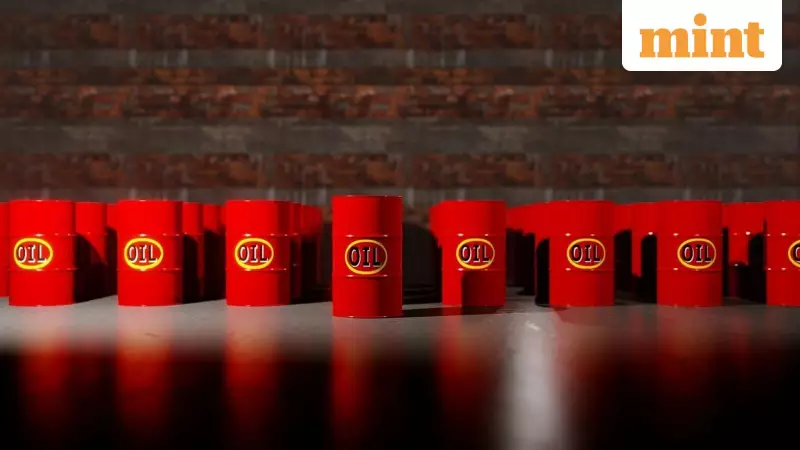
India's state-owned oil marketing companies are poised for a remarkable financial performance in the current fiscal year, with operating profits expected to surge by more than 50%, according to a recent analysis by Crisil Ratings.
Substantial Profit Growth Ahead
The comprehensive report released on Friday indicates that public sector oil marketing firms will achieve operating profits between $18-20 per barrel during FY26. This represents a significant jump from previous levels and demonstrates the sector's resilience amid challenging global market conditions.
This impressive growth trajectory translates to substantial cash accruals for the industry. The report estimates that cumulative cash generation will reach ₹75,000-80,000 crore this fiscal year, a notable increase from the ₹55,000 crore recorded in FY25.
Dual Revenue Streams Driving Performance
Oil marketing companies generate revenue through two primary channels: refining operations and marketing activities. The refining segment produces gross refining margin, which represents the difference between petroleum product values and crude oil costs per barrel. Meanwhile, the marketing division earns gross marketing margin from selling petrol, diesel, and other petroleum products.
Marketing margins are emerging as the key growth driver this fiscal year, effectively compensating for the moderation in refining margins caused by slower global fossil fuel demand during the ongoing energy transition.
Anuj Sethi, senior director at Crisil Ratings, elaborated on the market dynamics: "This fiscal, crude prices, though volatile, are likely to soften to $65-67 per barrel. GRM is expected to remain modest at $4-6 per barrel as moderate global demand and energy transition trends weigh on refining spreads."
Navigating Global Challenges
Indian OMCs continue to operate in a highly volatile oil market, recently complicated by US sanctions imposed on Russian suppliers Rosneft and Lukoil, which took effect from Friday. However, the sector has demonstrated adaptability by diversifying supply sources.
Fitch Ratings recently assessed that these sanctions are unlikely to materially affect the margins or credit profiles of India's state-owned oil marketing companies, though long-term consequences will depend on the duration and enforcement of these restrictions.
Historical data reveals the sector's sensitivity to oil price fluctuations. Operating profits plummeted to $0.13 per barrel in FY23 when oil averaged $93 per barrel, while peaking at $20 per barrel in FY24 when prices moderated to $83 per barrel. Annual margins have now stabilized around $11 per barrel, with FY25 profits reaching $12 per barrel, aligning with the decadal industry average.
Capital Expenditure and Credit Strength
The projected cash accruals will support ambitious capital expenditure plans totaling ₹90,000 crore, primarily focused on brownfield expansion to meet growing domestic demand. The remaining funds will be allocated to pipeline development, marketing infrastructure enhancement, and green-energy initiatives.
Joanne Gonsalves, associate director at Crisil, highlighted the financial implications: "While the industry's capex trajectory continues, healthy profitability will limit reliance on external debt. Hence, the ratio of debt to earnings before interest, tax, depreciation and amortisation for OMCs in our portfolio is expected to improve to approximately 2.2 times this fiscal from 3.6 times last fiscal."
She further emphasized that credit profiles will remain supported by the sector's strategic importance to the Indian economy and government ownership, providing additional stability to investors and stakeholders.
The report does caution that significant production cuts or escalation in geopolitical tensions could impact crude prices and potentially alter these optimistic projections. However, the current outlook remains strongly positive for India's oil marketing sector.





